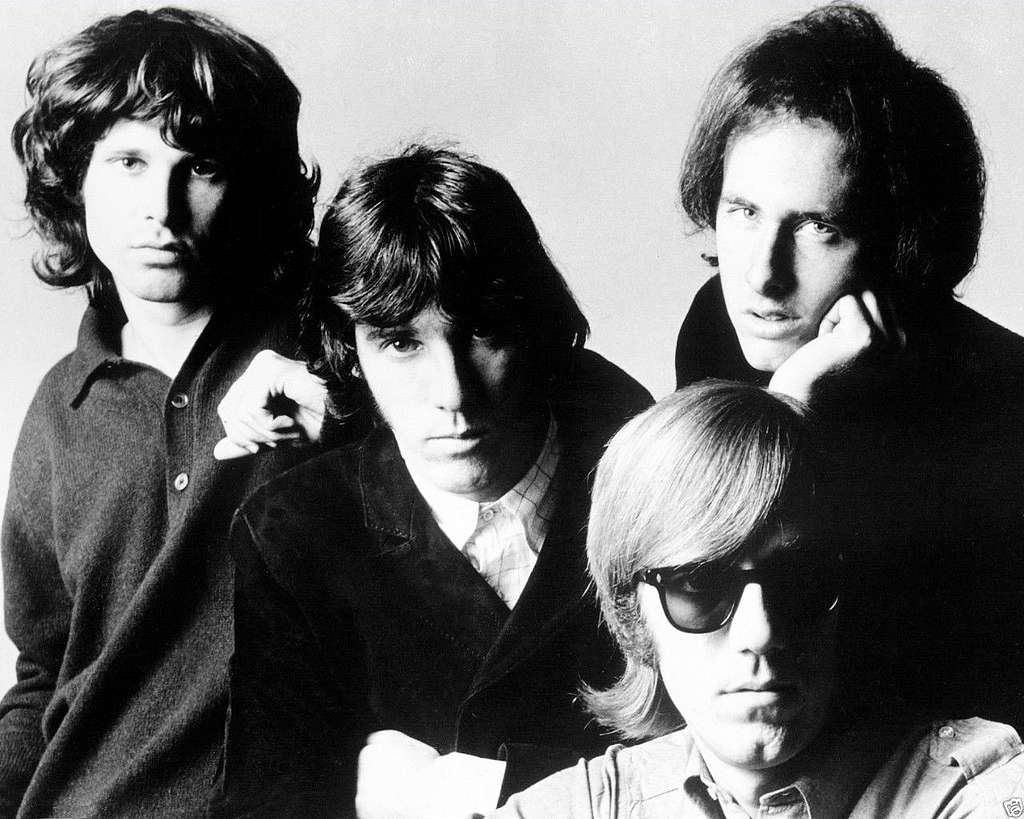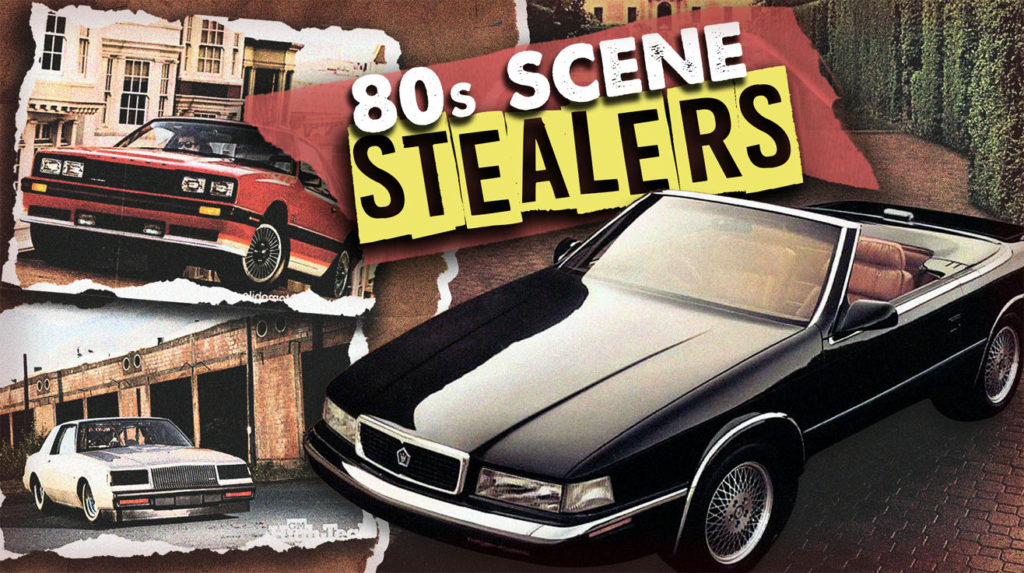
These forgotten rebels proved that performance didn’t die in the 1980s—it just got creative. While most manufacturers played it safe with conservative designs and modest power, these cars dared to be different. They combined innovative engineering with genuine driving thrills when the automotive establishment had all but given up on excitement.
Today, these overlooked machines represent some of the best values in the collector car market. You can still find examples that deliver authentic 1980s performance without the premium prices of their more famous contemporaries. They remind us that the best automotive stories often come from the underdogs who refused to compromise their vision, even when the whole world seemed to be moving in the opposite direction
13. 1987 Shelby CSX (Exterior)

Shelby’s modifications transformed the mundane Shadow into something purposeful and aggressive. The front air dam and rear spoiler weren’t just cosmetic—they actually improved aerodynamics at speed.
Distinctive Shelby badges and graphics announced this wasn’t your typical economy hatchback. The later CSX-VNT models featured unique composite “Fiberide” wheels that reduced unsprung weight.
1987 Shelby CSX (Interior)

The CSX’s cabin reflected its economy car origins with basic plastic trim and cloth seats. However, Shelby added distinctive touches like unique gauge clusters and sport seats with bolstered support.
The dashboard featured turbo boost gauges that became your new obsession. Manual controls kept things simple while the five-speed shifter provided precise engagement.
12. 1989 Pontiac Firebird Formula 350 (Exterior)
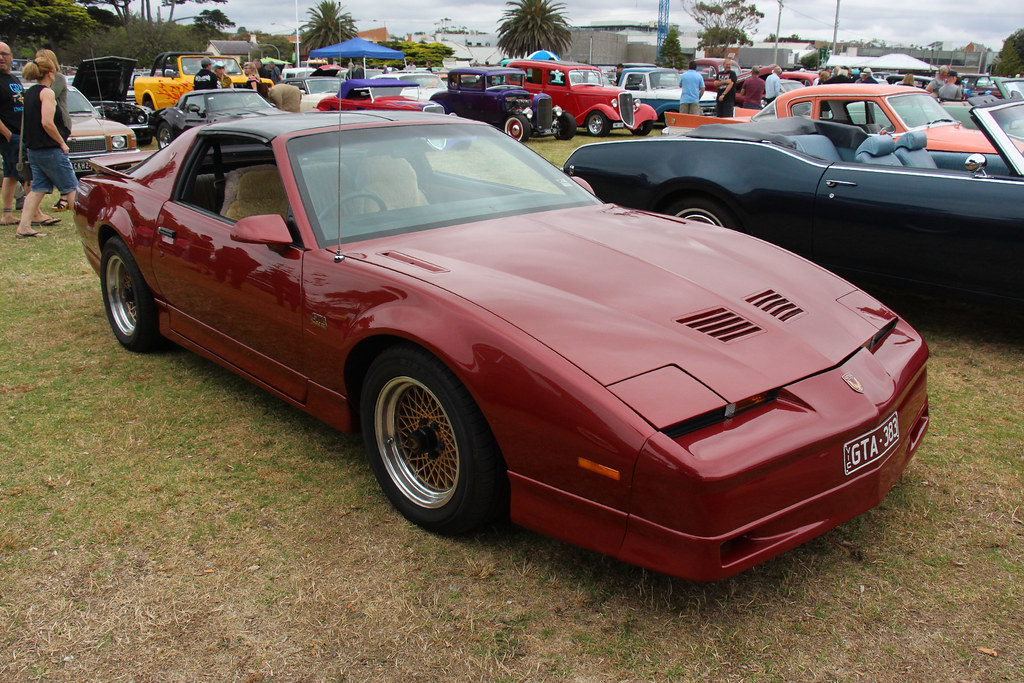
Aggressive styling emerged without the Trans Am’s flashy graphics or spoilers. The low, wide stance immediately communicated serious performance intentions.
Functional air dams and subtle body cladding enhanced aerodynamics while maintaining clean lines. Wide wheels filled the fender wells perfectly, suggesting the substantial power underneath.
1989 Pontiac Firebird Formula 350 (Interior)

The Formula’s interior prioritized function over flash, featuring supportive bucket seats wrapped in durable cloth. The dashboard layout remained clean and driver-focused with essential gauges prominently displayed.
Manual controls felt solid in your hands while the automatic shifter moved with precision. The cabin struck an effective balance between performance focus and everyday usability.
11. 1985 Dodge Omni GLH (Exterior)

From the outside, the GLH looked like any other Omni hatchback—and that was exactly the point. Subtle badges and slightly aggressive front air dam provided the only visual clues to its performance potential.
The stance sat slightly lower than standard Omnis, hinting at the sport suspension underneath. This ultimate sleeper succeeded because it looked completely ordinary.
1985 Dodge Omni GLH (Interior)

The GLH’s cabin made no apologies for its economy car origins. Basic plastic trim and cloth seats provided function over form.
However, the sport seats offered surprising support during aggressive cornering. The dashboard featured essential gauges including a boost gauge that became your constant companion.
10. 1987 Buick Regal Limited Turbo (Exterior)

The Regal Limited Turbo mastered the art of understated aggression. Subtle air dams and modest spoilers hinted at performance without shouting about it.
The clean, aerodynamic lines looked sophisticated rather than aggressive. This was the perfect sleeper—elegant enough for executive parking lots yet capable of embarrassing flashier competitors.
1987 Buick Regal Limited Turbo (Interior)
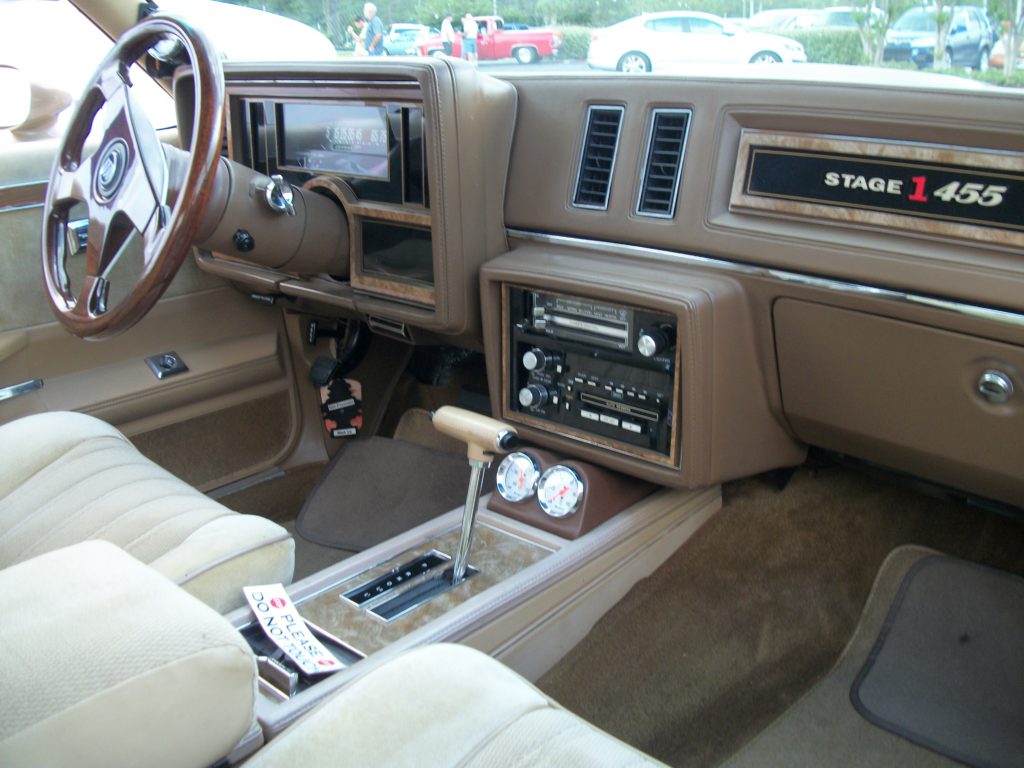
Buick’s luxury appointments elevated the Regal’s cabin above typical performance cars of the era. Plush velour seating provided comfort during long drives while maintaining adequate support.
The dashboard featured comprehensive instrumentation including boost and oil pressure gauges. Electronic climate control and power accessories demonstrated Buick’s commitment to refinement.
9. 1982 Ford Mustang GT 5.0 HO (Exterior)
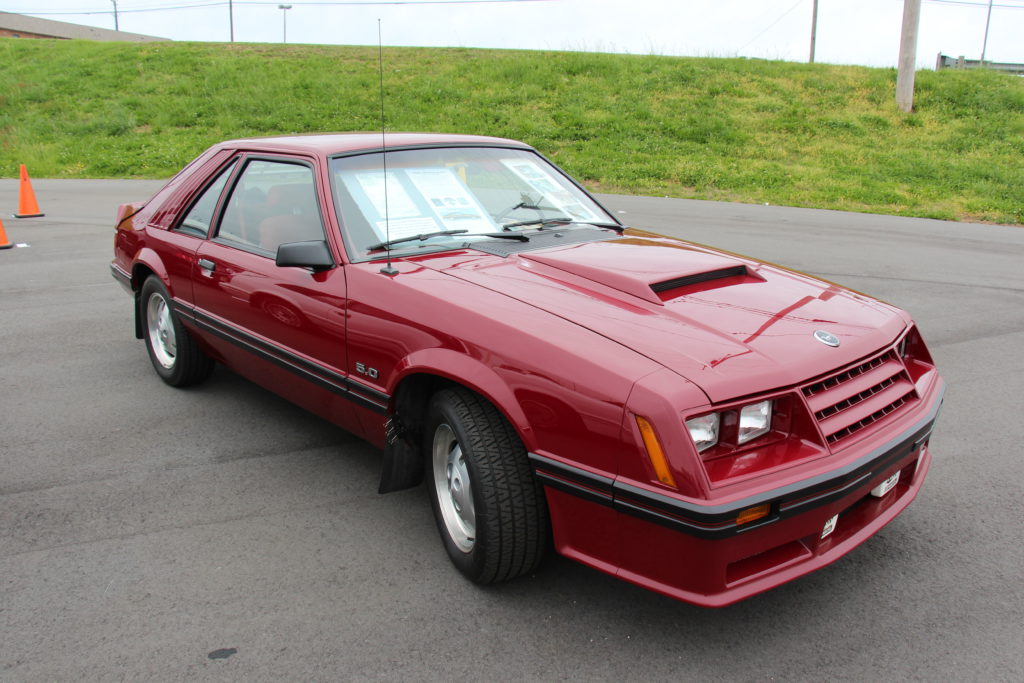
Ford’s designers created an aggressive yet clean aesthetic that announced the Mustang’s performance intentions. The distinctive front air dam and rear spoiler weren’t just styling exercises—they provided functional aerodynamic benefits.
Bold graphics and GT badges left no doubt about this car’s mission. This was the shape that would define American performance cars throughout the decade.
1982 Ford Mustang GT 5.0 HO (Interior)
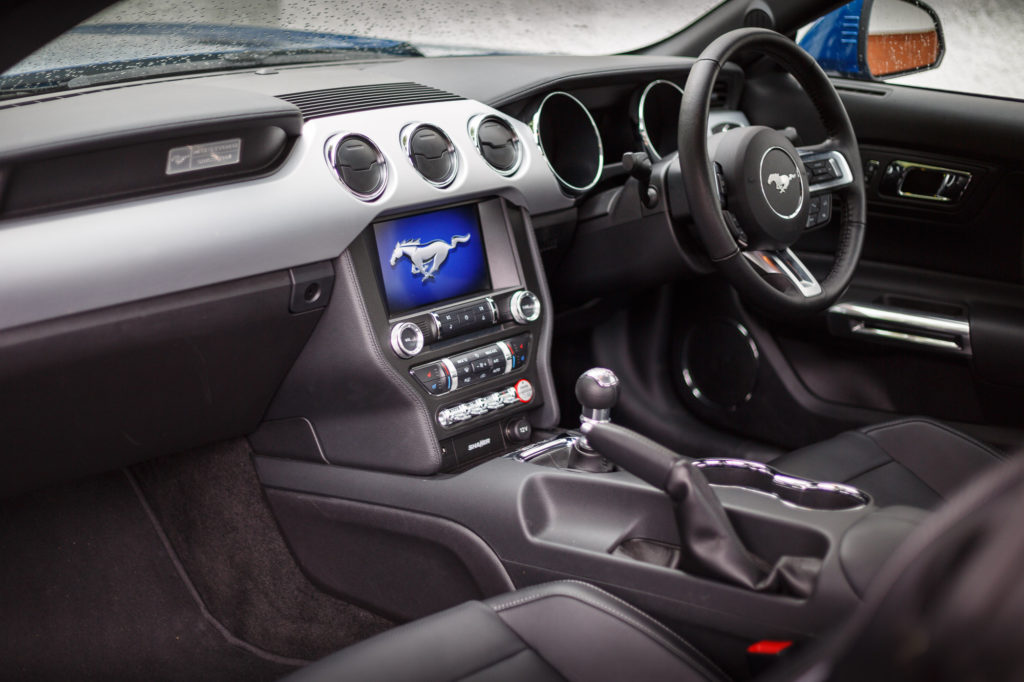
The early Fox-body interior reflected Ford’s cost-cutting measures with basic plastic trim and simple instrumentation. However, the supportive bucket seats kept you planted during spirited driving.
The four-speed manual shifter provided precise engagement that connected you directly to the drivetrain. Despite its spartan appointments, the cabin conveyed a sense of purpose that performance enthusiasts appreciated.
8. 1989 Chevrolet Beretta GTZ (Exterior)

Distinctive coupe styling made this model unique from mainstream sedans and hatchbacks. The aerodynamic profile suggested performance capabilities while remaining approachable.
Subtle body cladding and distinctive wheel designs hinted at the GTZ’s sporting intentions. The proportions struck an attractive balance between aggressive and elegant.
1989 Chevrolet Beretta GTZ (Interior)
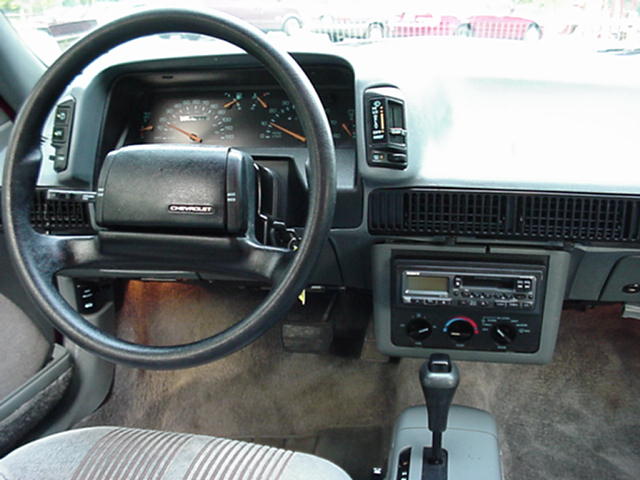
The Beretta GTZ‘s cabin featured typical GM economy car appointments with cloth seating and plastic trim. However, the sport seats provided better lateral support than standard Berettas.
The dashboard included a tachometer that became essential for managing the Quad 4’s peaky power delivery. The interior prioritized function over luxury, though build quality remained inconsistent with GM’s standards.
7. 1987 Oldsmobile 442 (Exterior)
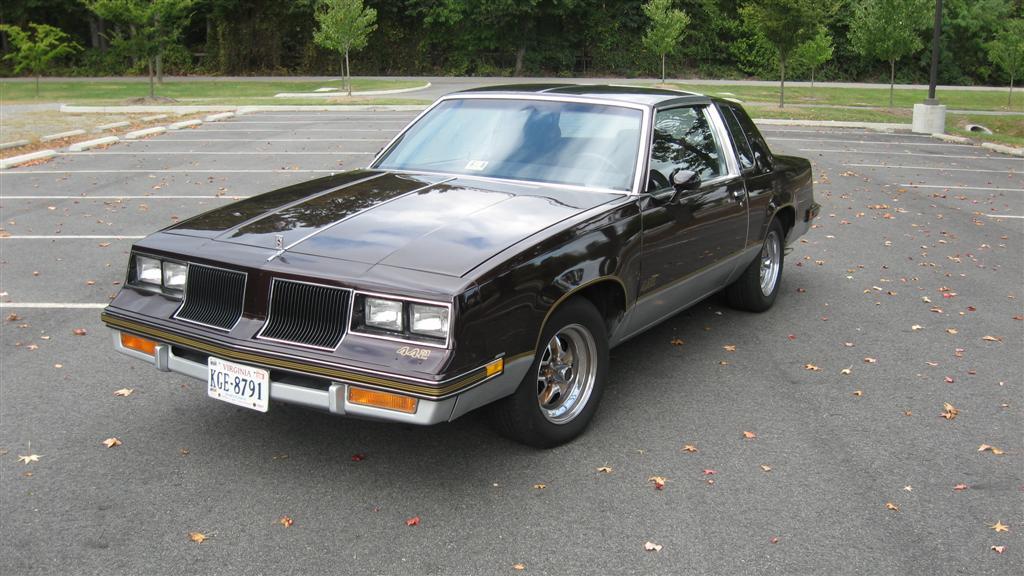
Classic muscle car proportions emerged in a modern package. The aggressive front air dam and rear spoiler provided functional aerodynamic benefits while enhancing visual impact.
Distinctive 442 graphics and badges left no doubt about this car’s heritage. The styling successfully bridged classic muscle car aesthetics with contemporary design sensibilities.
1987 Oldsmobile 442 (Interior)

The 442’s cabin reflected Oldsmobile’s traditional luxury approach with comfortable seating and comprehensive instrumentation. Cloth upholstery provided durability while maintaining period-appropriate style.
The dashboard featured analog gauges that were easy to read at a glance. Manual air conditioning and basic radio kept things simple and reliable.
6. 1989 Ford Mustang SSP (Exterior)
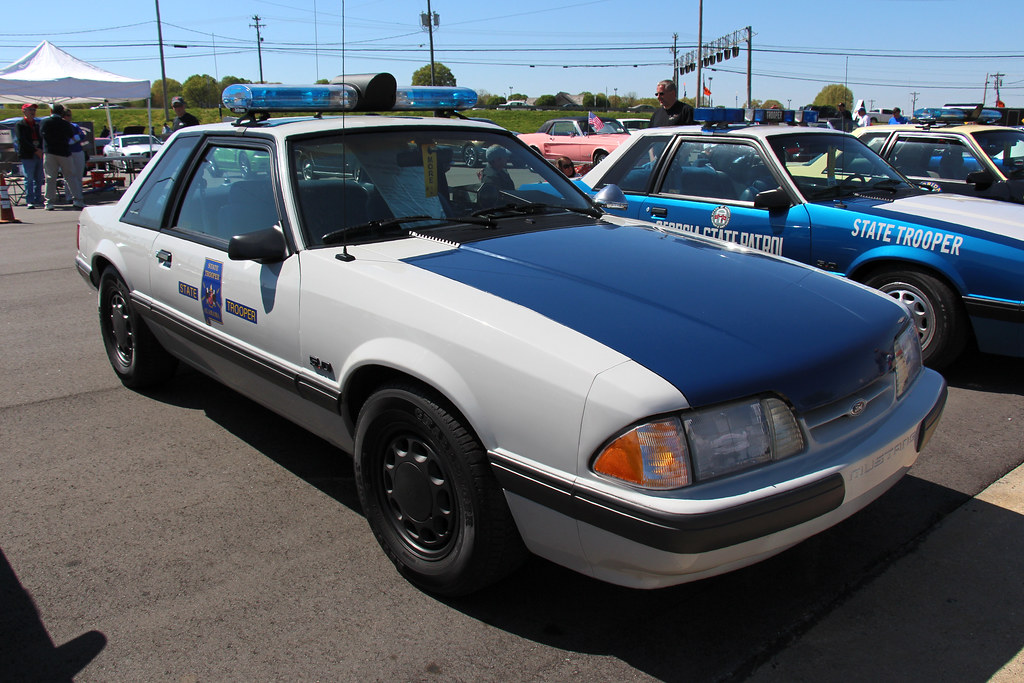
A purposeful appearance balanced stealth with intimidation on the Mustang SSP. The body structure received reinforcement to handle aggressive driving conditions.
Distinctive antenna mounts and emergency light brackets identified these cars to those who knew what to look for. This was law enforcement transportation designed for maximum effectiveness rather than visual appeal.
1989 Ford Mustang SSP (Interior)
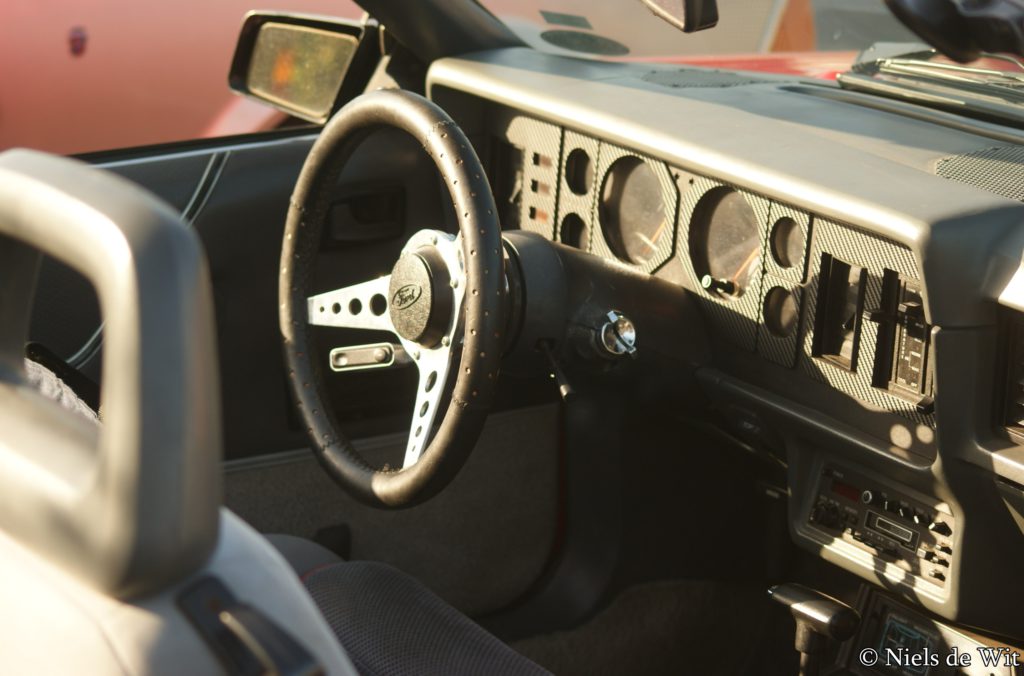
The SSP’s interior was stripped down for duty rather than comfort. Basic vinyl seats and rubber floor mats prioritized durability over luxury.
The dashboard featured the essential 160-mph speedometer that separated these cars from civilian models. Heavy-duty electrical systems supported emergency equipment while reinforced mounting points handled additional police gear.
5. 1987 Buick Grand National (Exterior)
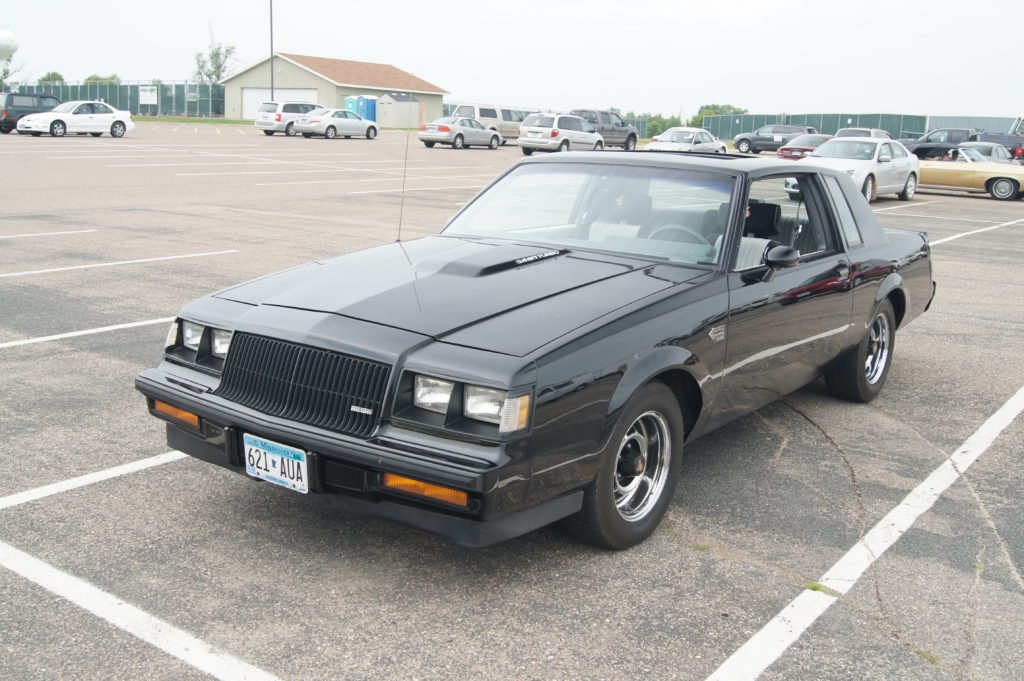
With the 1987 Buick Grand National, Buick designers created one of the most intimidating production cars ever built. The monochromatic black paint scheme eliminated chrome trim for a sinister appearance.
Subtle air dams and spoilers enhanced aerodynamics while maintaining clean lines. The blacked-out treatment extended to wheels and trim, creating a menacing presence that backed up its fearsome reputation.
1987 Buick Grand National (Interior)

The Grand National‘s cabin combined luxury appointments with performance-focused instrumentation. Supportive bucket seats featured distinctive cloth patterns that matched the car’s sinister exterior theme.
The dashboard included comprehensive gauges monitoring boost pressure, oil temperature, and other vital signs. Electronic climate control and power accessories maintained Buick’s comfort standards.
4. 1984 Ford Thunderbird Turbo Coupe (Exterior)

Sleek, aerodynamic styling suggested advanced engineering underneath the 1984 Ford Thunderbird’s hood. The clean lines and flush-mounted glass reduced wind resistance while maintaining elegant proportions.
Functional air dams and subtle spoilers enhanced aerodynamics without appearing overly aggressive. This was sophisticated performance packaging that appealed to buyers seeking technology over raw displacement.
1984 Ford Thunderbird Turbo Coupe (Interior)
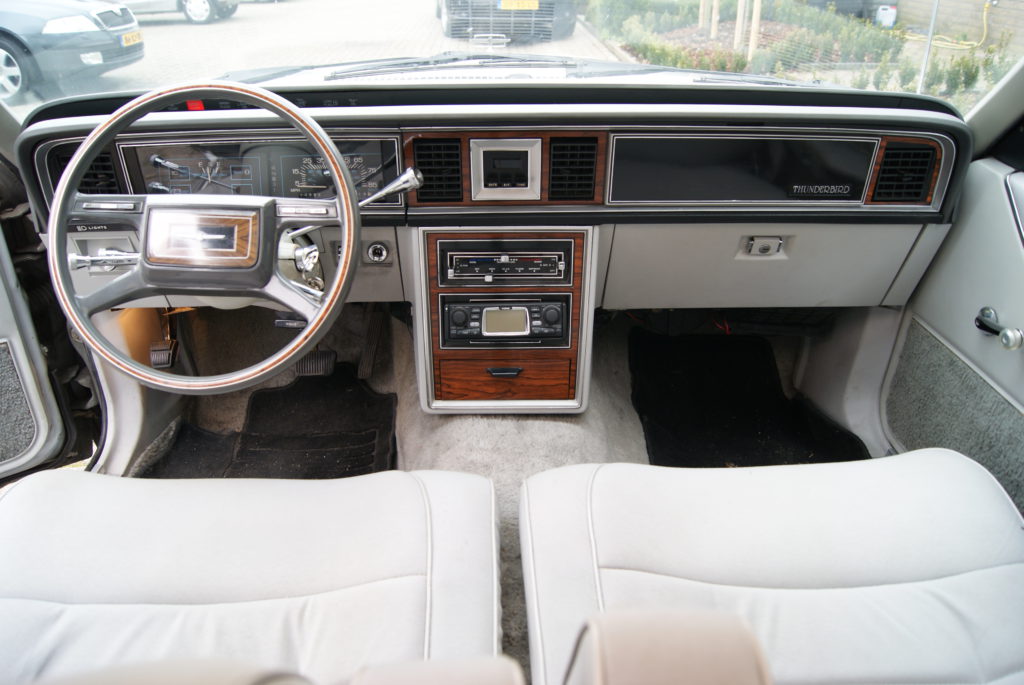
The Thunderbird’s cabin reflected Ford’s personal luxury car priorities with comfortable seating and comprehensive appointments. Supportive buckets maintained comfort during long drives while providing adequate support for spirited driving.
The dashboard featured the innovative fuel selection switch that optimized performance for different octane ratings. Electronic instrumentation included boost gauges and digital displays that felt futuristic for 1984.
3. 1989 Chrysler TC by Maserati (Exterior)
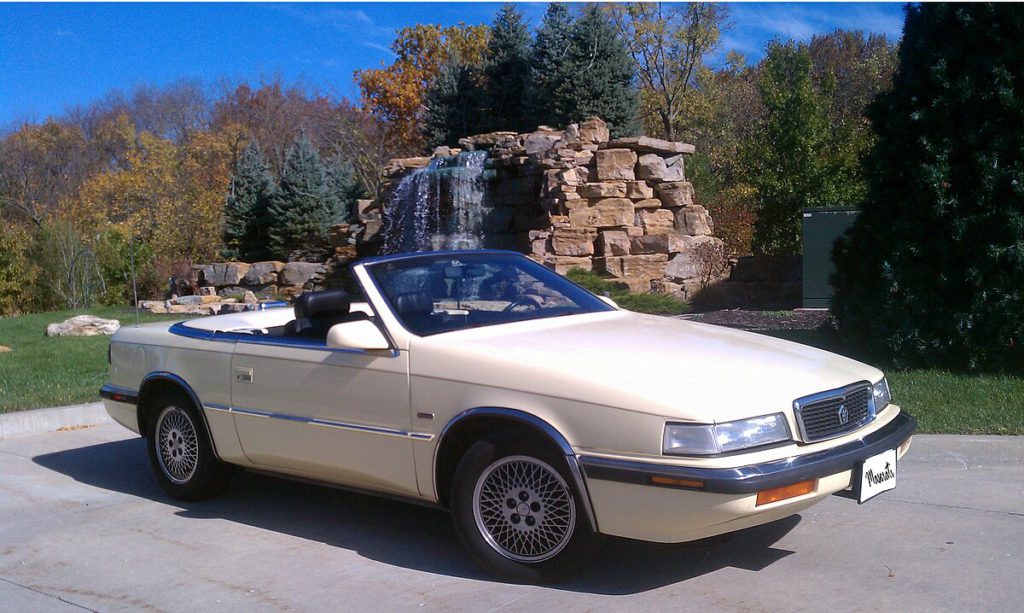
Maserati’s influence created distinctive styling that stood apart from typical American offerings. The convertible profile featured elegant proportions with European-inspired details.
While not as exotic as some of the rarest supercars that would emerge in the following decade, unique body panels and trim pieces differentiated the TC from its Chrysler siblings. Despite its ambitious design goals, the exterior styling never quite achieved the cohesive elegance that both manufacturers hoped to create.
1989 Chrysler TC by Maserati (Interior)
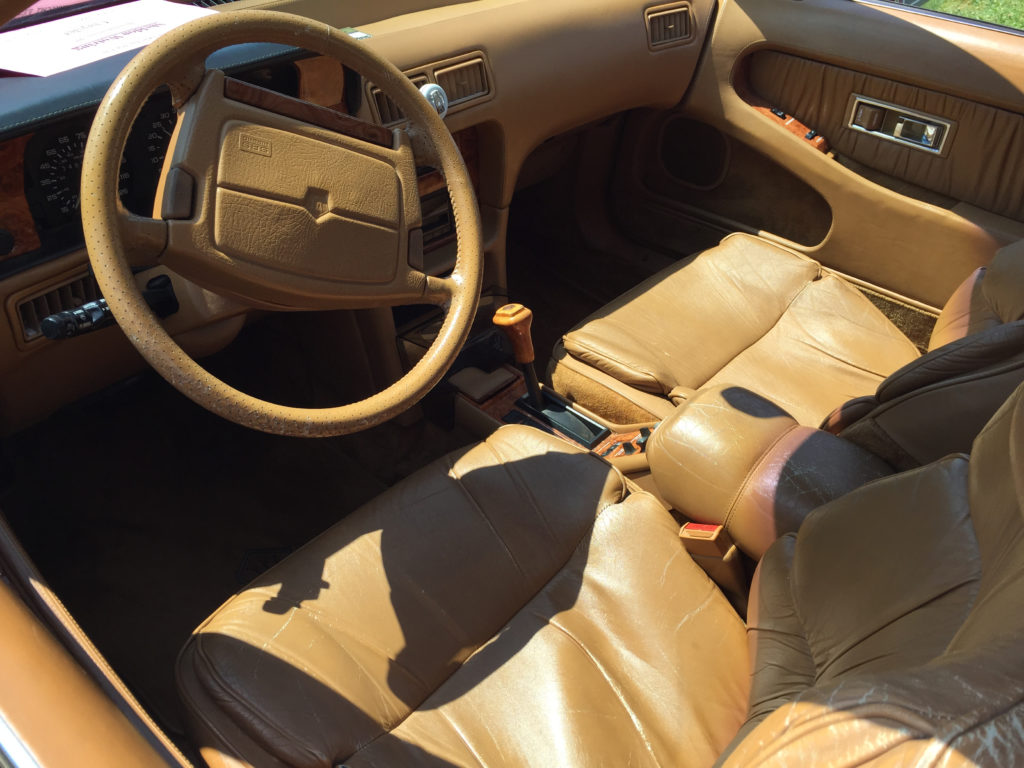
The TC’s cabin showcased the best of Italian design sensibilities with premium leather upholstery and distinctive styling elements. Hand-assembled details included unique trim pieces and Maserati badging throughout.
The dashboard featured comprehensive instrumentation with elegant analog gauges. Despite the exotic appointments, build quality remained inconsistent, reflecting the challenges of merging different manufacturing philosophies.
2. 1980 Pontiac Firebird Turbo Trans Am (Exterior)

The Trans Am’s iconic aggressive styling incorporated functional elements for the turbo engine. The distinctive hood scoop actually channeled air to the turbocharger system.
Bold graphics and Trans Am badges left no doubt about this car’s performance intentions. This was classic American muscle car styling enhanced with advanced engineering.
1980 Pontiac Firebird Turbo Trans Am (Interior)

The Trans Am’s cabin reflected Pontiac’s performance heritage with supportive bucket seats and comprehensive instrumentation. The dashboard featured essential gauges including boost pressure monitoring for the turbocharged engine.
Distinctive Trans Am trim pieces and graphics maintained the car’s aggressive character. The interior successfully balanced comfort with the serious business of managing America’s first production turbo V8.
1. 1983 Mercury Capri RS 5.0 (Exterior)
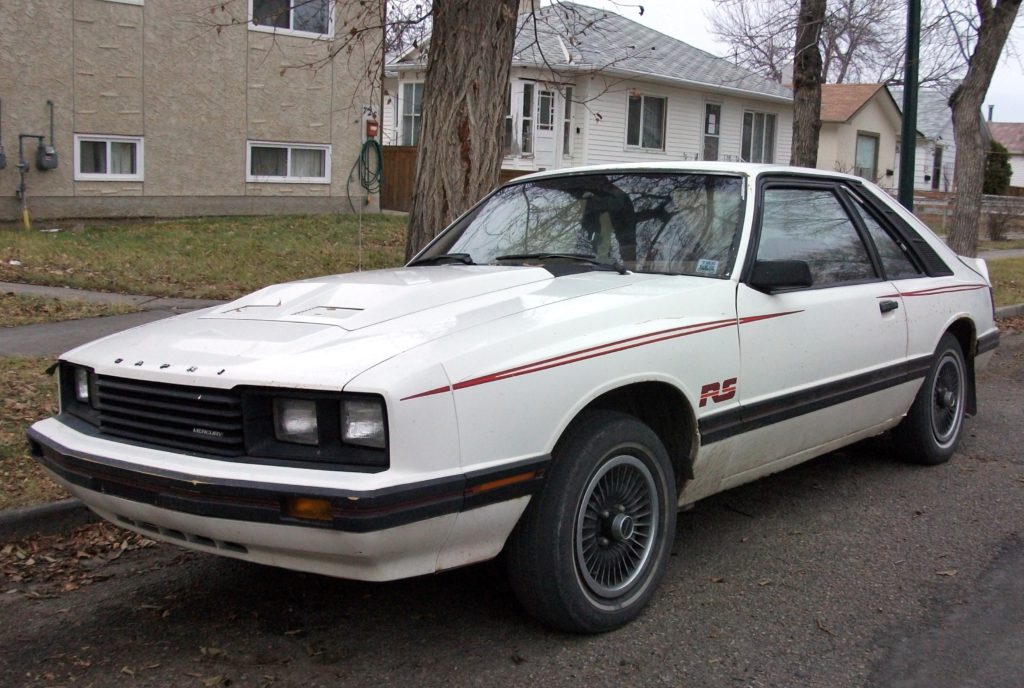
Distinctive bubble-back styling differentiated the Capri from its Mustang sibling. The aerodynamic hatchback profile suggested European influences while maintaining American proportions.
Functional air dams and subtle spoilers enhanced both appearance and aerodynamics. This was performance packaging for buyers seeking something different from the typical offerings.
1983 Mercury Capri RS 5.0 (Interior)
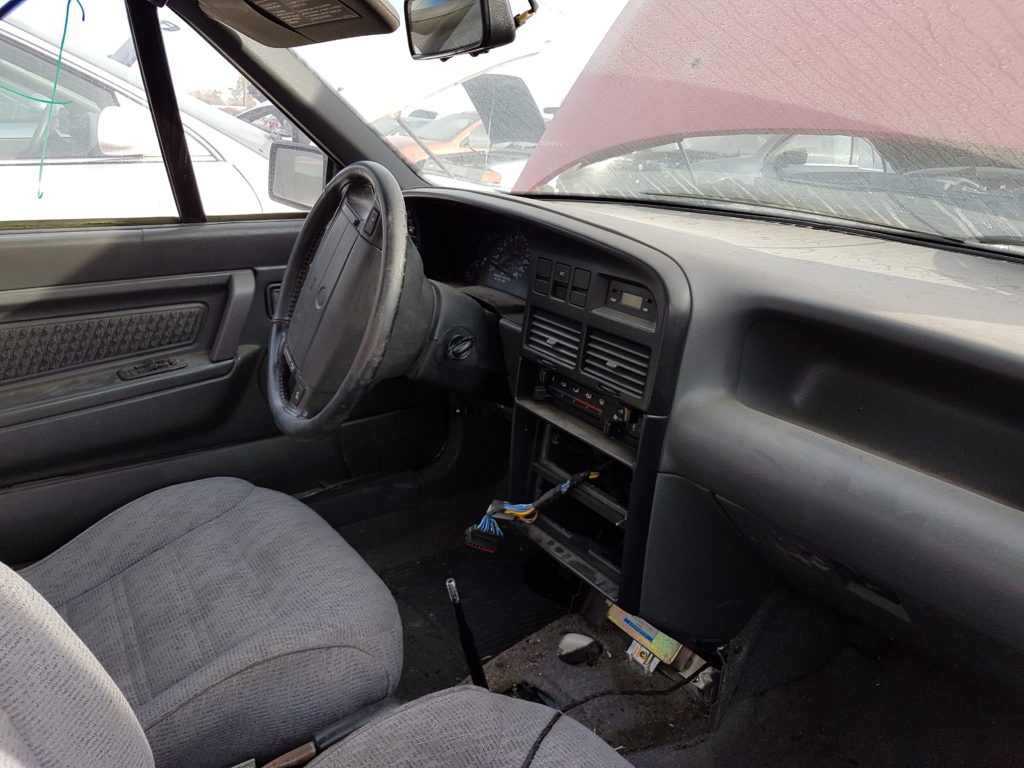
The Capri’s cabin reflected its Fox-body origins with basic plastic trim and functional appointments. Supportive bucket seats provided adequate comfort during spirited driving sessions.
The dashboard featured essential gauges with clear, easy-to-read analog displays. Despite its spartan appointments, the interior conveyed a sense of purpose that performance enthusiasts appreciated over luxury pretensions.









